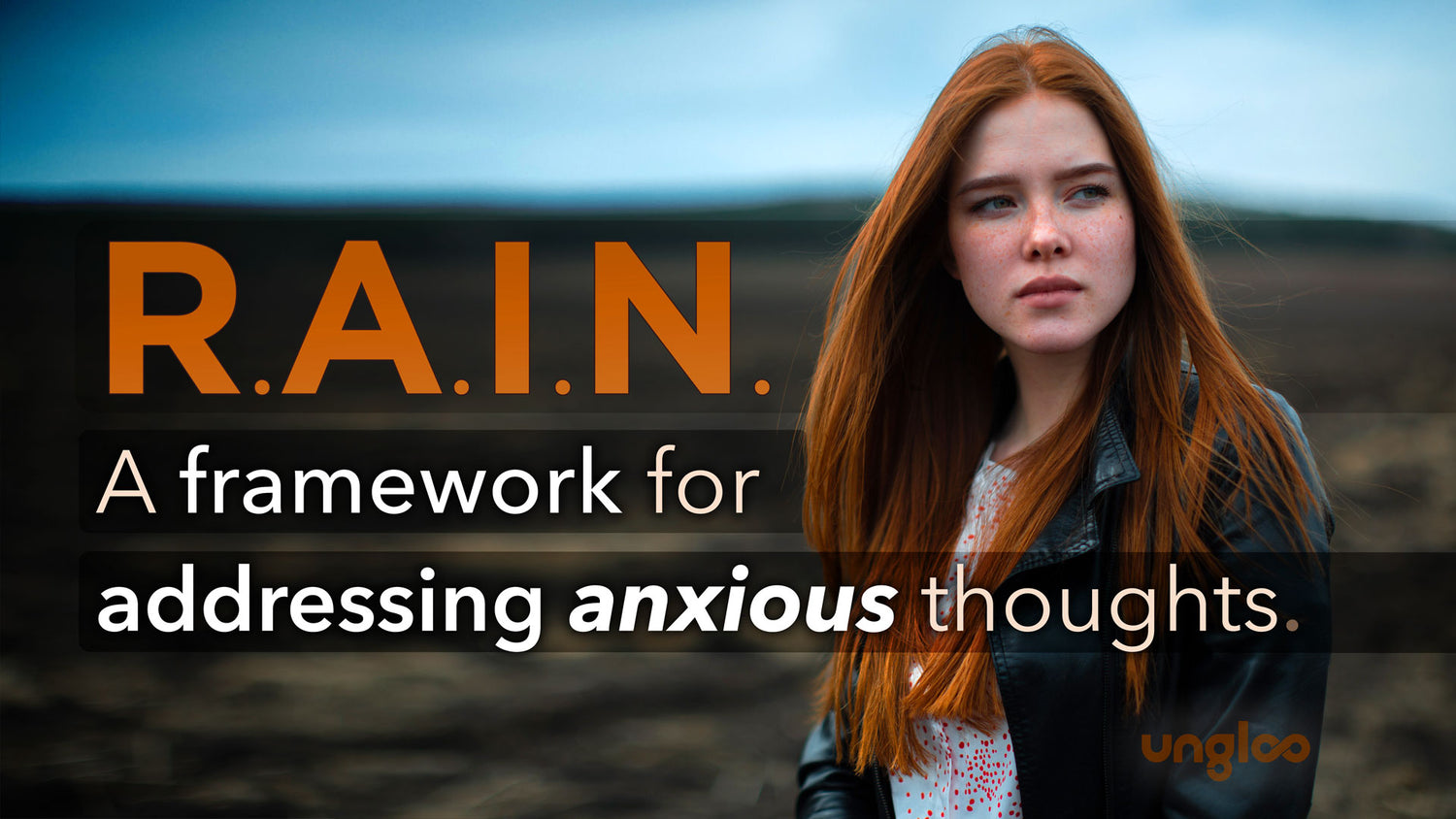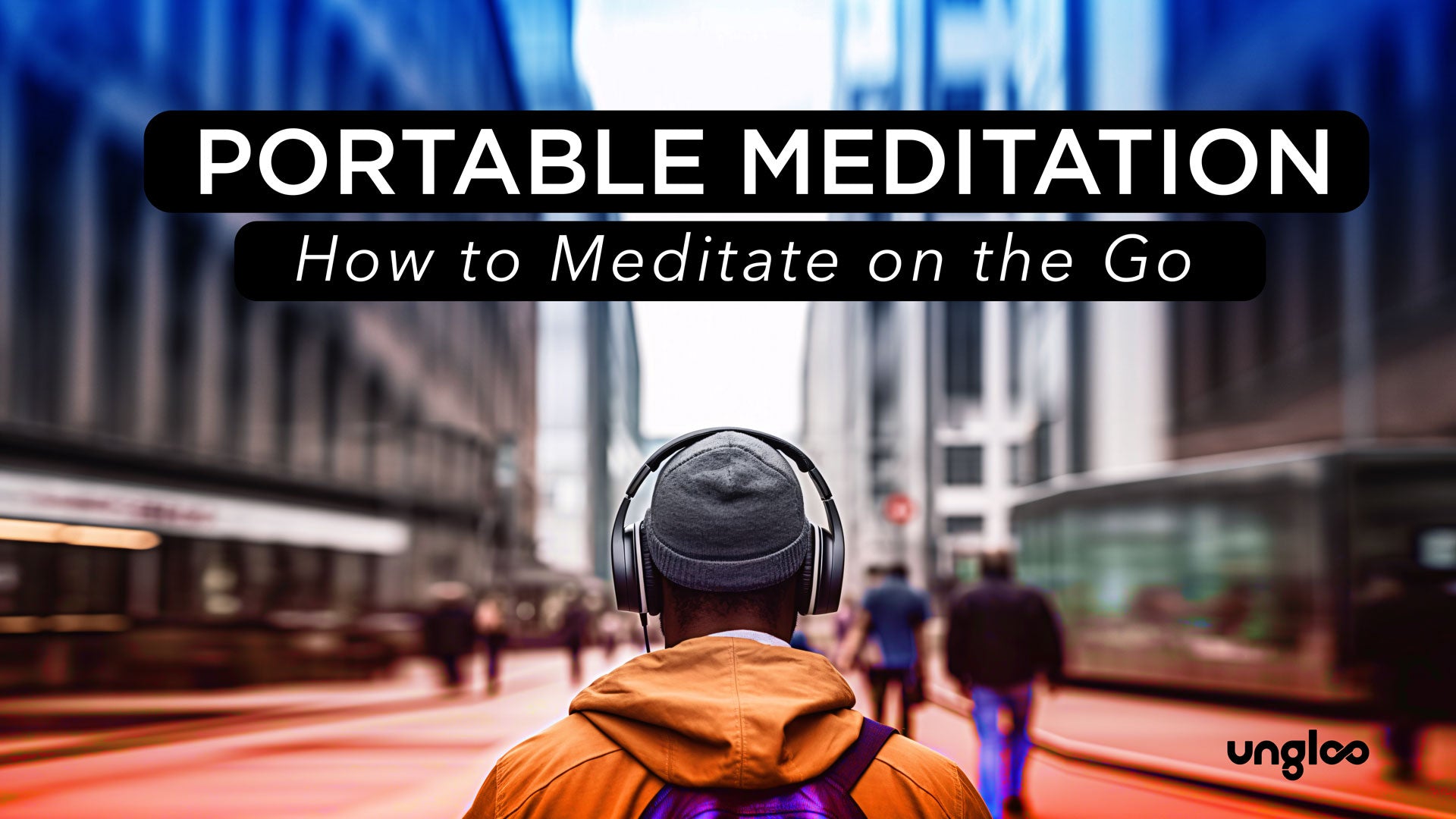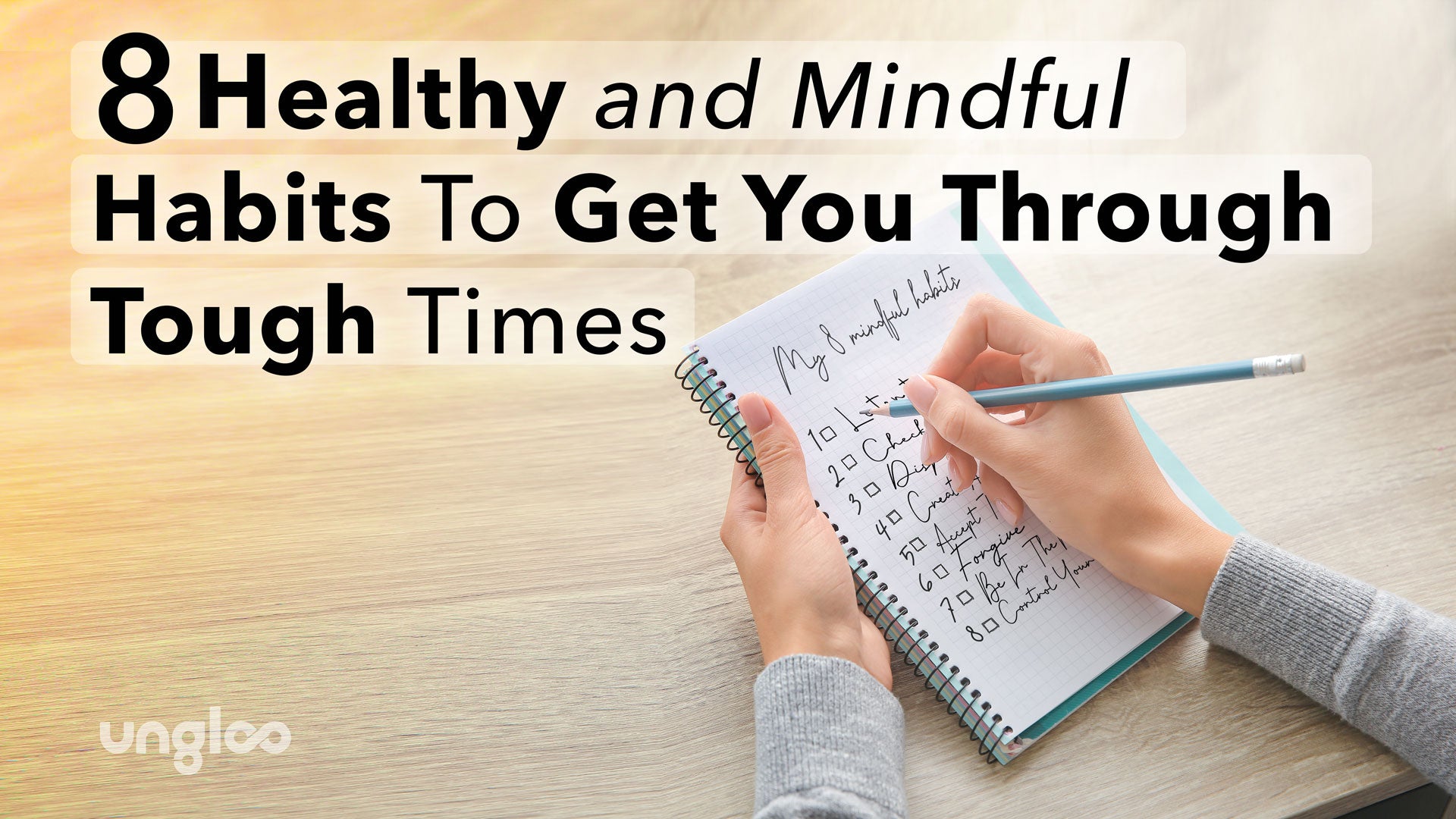Anxiety levels are at an all-time high, with more people than ever feeling the different pressures of society, social media, and juggling work and personal lives. According to the Anxiety and Depression Association of America, Generalized Anxiety Disorder (GAD) affects 6.8 million adults or 3.1% of the US population - and the actual number is predicted to be even higher. When it comes to treatment for anxiety, most want to steer clear of medication and find a way to combat these thoughts using a more natural approach. One such method is mindfulness, but without knowing exactly what this is and how to practice it, it can be perceived as challenging to do, which is where the RAIN technique comes in. A concise framework designed to help anyone channel their mental health, it's a tried and tested method to help those suffering from anxiety.
What is anxiety?
Anxiety is something that can affect anyone at any time. Even those that might seem they have it all together can suffer from anxiety for no apparent reason. Signs include an impending sense of dread, difficulty concentrating, and feeling worried a lot of the time.
What is mindfulness?
Put simply, mindfulness is bringing your attention to the present moment, being fully aware of where you are and what you're doing. Rooted in Buddhist traditions from thousands of years ago, the concept of mindfulness has been inspired by many. Jon Kabat-Zinn and his colleagues at the University of Massachusetts played a pivotal role in making it a more mainstream practice. His development of Mindfulness-Based Stress Reduction (MBSR) made mindfulness easier to follow and understand. One of his most famous quotes states: “The best way to capture moments is to pay attention. This is how we cultivate mindfulness. Mindfulness means being awake. It means knowing what you are doing.”
Practicing mindfulness involves being purposeful, so you know where you are directing your attention and what you're focusing on. It requires you to be present in the moment and not let your mind wander to past regrets or worries about the future. And it needs you to be non-judgemental. Instead of labeling yourself or things you've done in a certain way, let them go. Accept how you feel but don't let it consume or haunt you.
What is the R.A.I.N Framework?
RAIN meditation is a mindfulness framework for addressing negative thoughts. It offers clear guidance for you to follow. While we all have the innate ability to be mindful, it does take practice to fully grasp the concept. RAIN was first developed by Michele McDonald around twenty years ago.
A form of meditation, the RAIN method is an acronym for the four stages of the process. McDonald coined these as Recognition, Acceptance, Investigation, and Non-Identification. An adapted version by Tara Brach, the author of Radical Compassion changed the "non-identification" part to nurture, but the concept is essentially the same.
Recognition: Here you need to recognize and acknowledge what you're feeling in that present moment. If you're feeling anxious, note this and take it in. Remind yourself it’s fine to feel this way without any judgment.
Acceptance: Too often when we feel something like anxiety, we have negative thoughts and feelings. It's natural to label them as "positive" or "negative" feelings but part of the RAIN practice is accepting the feelings and allowing these emotions to be present. Instead of quashing your feelings, know that you've felt this way before and it always passes. In this way, you can work through why you're feeling a certain way.
Investigation: This is the step where you dig a bit more into why you’re feeling anxious. Explore your thoughts with curiosity, but without judgment. Consider what certain triggers are showing up for you and why you might be feeling a certain way. Did you not get enough sleep? Do you have a big work deadline coming up? Allow yourself to make a mental note of what could cause your feelings.
Non-Identification/ Nurture: Allow yourself to feel what you need to be less distressed. Don't let yourself be overwhelmed by your thoughts, instead offer yourself compassion and reassurance and let the negative thoughts go.
Where can I practice mindfulness?
Mindfulness can be done anywhere, but it's recommended you find a safe space where you are comfortable and won't be interrupted. When practicing RAIN for anxiety, ensure you have a place to sit and just be in the present moment. The Ungloo Box is a portable meditation chair that can be taken anywhere with you, enabling you to meditate in comfort and become in tune with your emotions. From support blocks to a meditation bench, these products are all designed with you in mind and can make your mindfulness journey easy to conduct anywhere you like.
To find out more about our meditation products or mindfulness and meditation tips, get in touch with us on our website here.



